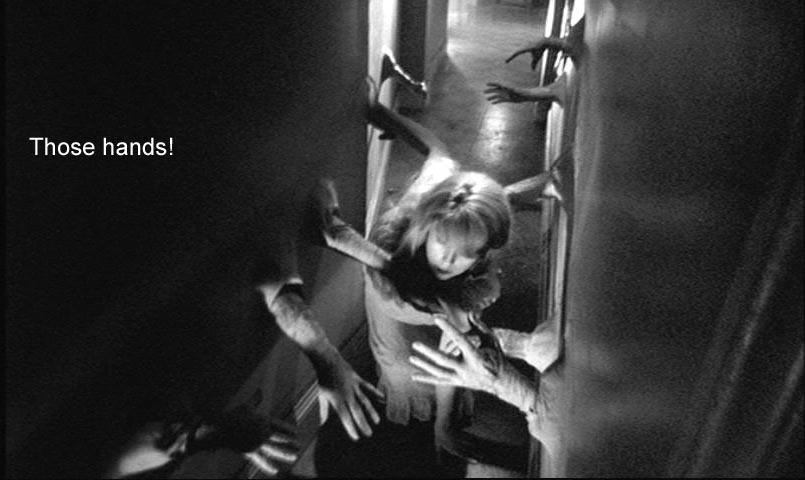
A 26 year old protagonist with a yet to be cured umbilical abscess resulting in an odorous, wet naval (aptly called Musk Deer).. a leper beggar with an atrophied insensitive nose .. he and his pet crow living in the vicinity of the Parsi Tower of Silence (where the mortal remains of those passing away are kept, to feed the vultures and other birds) .. the pet crow providing the beggar with fresh red meat as and when fresh supplies are available (suggested source).. beggar with an upset stomach upon helping himself to apparently more than sufficient crow-brought uncooked red meat.. enough
Vilas Sarang (The Women in Cages) is the past master of Bibhatsa.
Bibhatsa (repulsion) is one of the nava rasas as enunciated by Bharat Muni in his treatise, Natya Sastra.
Yet, I don’t remember it being enacted on stage as part of a bharatha natyam performance, or appearing in kathakali or Odissi.
Understandably only few poets and playwrights have handled this rasa down the ages.
In the west, the auteur Roman Polanski is one who came up with an entire movie about repulsion (also titled so).
In Tamil, one of the well known writers of the last century, Karichan Kunju has written a short story with Bibhatsa as the underlying theme (it is about a man making love to his wife’s corpse).
Yes, I have handled Bibhatsa rasa in a toned manner in all my Arasoor novels and also in my short story ‘Kidangu’.
I am aware this is handled powerfully in Marathi literature and can mention a few names..
photo : a still from Roman Polanski’s ‘The Repulsion’
